Abebe Bikila, Iolanda Balas, Billy Mills and Bob Hayes at the 1964 Olympics (© AFP / Getty Images)
In the countdown to the Tokyo Olympics, we take a closer look at the major global athletics events that have been staged in The Land of the Rising Sun.
We kick-start our series by focusing on the last time Tokyo staged the Olympic Games in 1964.
Setting the scene
Tokyo was chosen as the host city for the 1964 summer Olympic Games during the 55th IOC session in West Germany in May 1959. Tokyo defeated bids from Detroit, Brussels and Vienna. The athletics programme – which took place from October 14-21 – hosted 36 events with 24 for men and 12 for women.
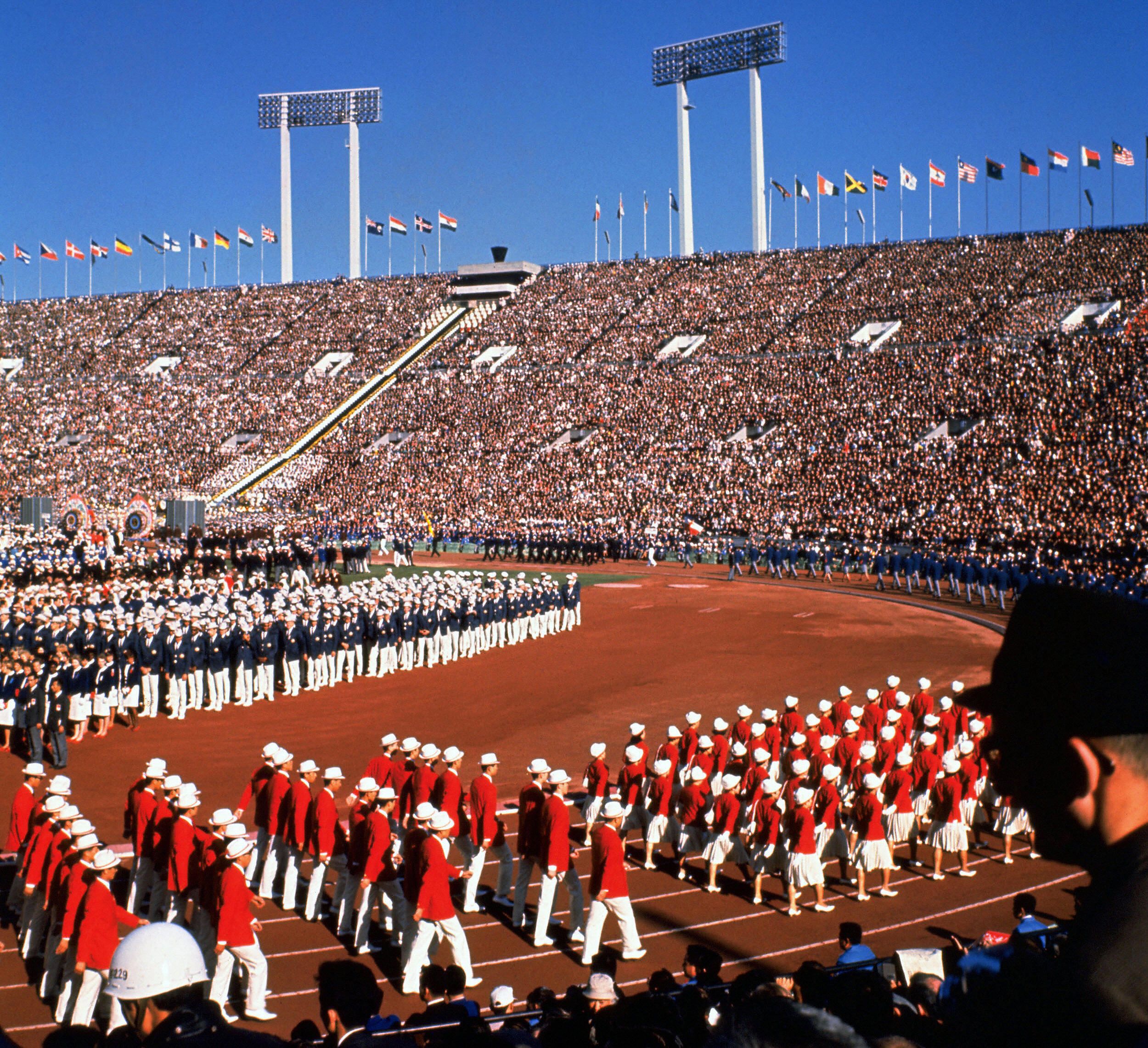
Broken records
In a Games full of so many outstanding memories, eight world records were either broken or equalled. In the men’s events Bob Hayes thundered down the track to equal the men’s 100m record of 10.0 and later featured in the world record-breaking US men’s 4x100m quartet (39.0). The US also took out the men’s 4x400m world record (3:00.7). In the marathon, Abebe Bikila slashed more than a minute-and-a-half from the world record as he recorded a stunning time of 2:12.11.2 to retain his title.
British duo Anne Packer in the women’s 800m (2:01.1) and Mary Rand in the long jump (6.76m) also broke world records en route to gold. Poland secured the women’s 4x100m mark with a time of 43.6, while Irina Press of the Soviet Union claimed the pentathlon world record with 5246.
Headline acts
The middle-distance star of the Games was Peter Snell, who emphatically retained his Olympic 800m title in an Olympic record time of 1:45.1 before taking the 1500m crown. In so doing, the New Zealander became the first man since Great Britain’s Albert Hill in 1920 to complete the Olympic 800m/1500m double.
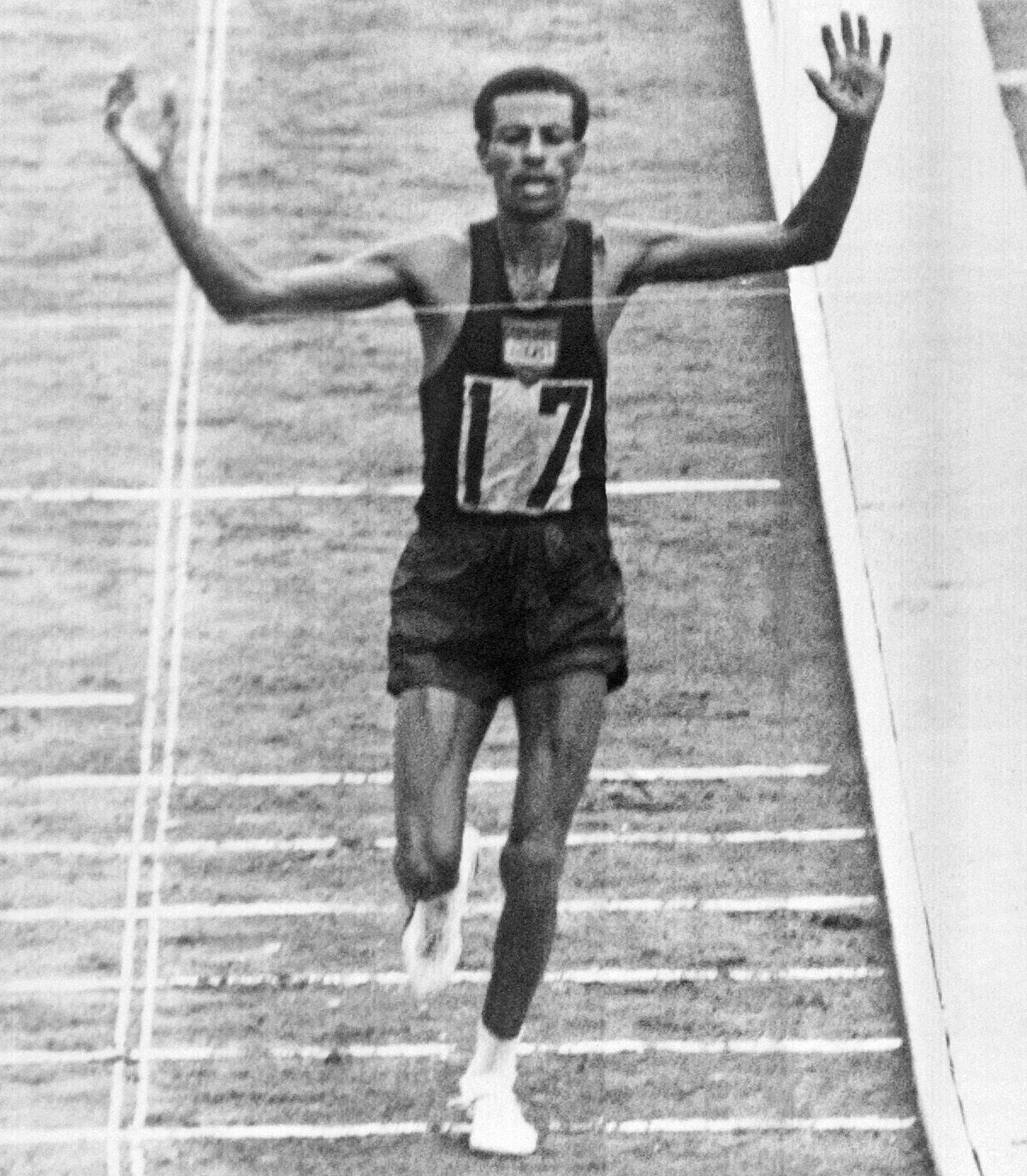
The star of the men’s sprints was Bob Hayes who won 100m gold and anchored the US men’s 4x100m to victory. The aforementioned Abebe Bikila of Ethiopia created history as the first man to successfully defend an Olympic marathon title.
On the women’s side, Romanian high jump great Iolanda Balas retained her high jump title and did so by a massive 10-centimetre margin from the silver medallist. Australia’s Betty Cuthbert won the inaugural women’s Olympic 400m title to add to the 100m, 200m and 4x100m golds she won at the 1956 Melbourne Games.
Home stars
Kokichi Tsuburaya became a national hero as he earned Japan’s first track and field medal for 28 years with bronze in the marathon. On the final day of the track and field programme, and running in only his fourth career marathon, he entered the stadium second behind gold medallist Abeba Bikila. Badly fatigued, Tsubaraya was passed on the final curve by Great Britain’s Basil Heatley, but the Japanese runner, who earlier in the Games had finished sixth in the 10,000m final, managed to hold on to third place, ending Japan’s Olympic track and field medal drought.
Unfortunately, injury cut short his career and in January 1968 he prematurely ended his own life. He was aged 27.
Talk of the town
One of the most exhilarating races in the Games came in the men’s 10,000m as relative unknown Billy Mills of the USA stunned the world to strike gold. Competing against the highly-fancied world record-holder Ron Clarke of Australia and defending champion Pyotr Bolotnikov, Mills produced an electrifying late burst of speed to outsprint the opposition and take gold in an Olympic record of 28:24.4 – a time 46 seconds quicker than his previous best.

The Press sisters – Tamara and Irina – captured three gold medals between them as the Soviet siblings provide one of the chief storylines of the women’s track and field programme. Tamara completed the shot and discus double while Irina claimed victory in the inaugural women’s pentathlon.
Innovations
The 1964 Games were the first to be telecast internationally without the necessity for tapes to be flown overseas. It was also the first Games to have colour telecasts of some events.
Computers were used for the first time to record statistics, enabling athletes’ performances to be shown on TV screens. Seiko made its debut as the official timekeeper of the Olympics. Linking the starting gun with a quartz clock and photo-finish camera, this made it possible to record times down to one thousandths of a second for the first time.

Legacy
The last Games to use a cinder track, the 1964 Tokyo Olympics will be remembered for many magical moments. It also marked a small step in the right direction towards equality between the men’s and women’s events as the Tokyo Games introduced a women’s 400m and pentathlon for the first time.
Bikila’s retention of his marathon title further cemented East Africa’s growing influence over global endurance running. While the Games also witnessed the rising strength of East European athletes – particularly on the women’s side – which would remain in place for more than quarter of a century.
The building of the National Stadium for the Games helped attract a slew of top-drawer international events to the venue, including – some 27 years later – the hosting of the 1991 World Athletics Championships.
Steve Landells for World Athletics
日本の七不思議:1964年東京オリンピック
東京オリンピックまで残りわずか、日出ずる国日本が過去に開催した陸上競技の世界大会を振り返る。
今回は1964年の夏季オリンピック大会を振り返る。
はじめに
1964年大会開催地として東京が正式に決定したのは、1959年5月の東ドイツで開かれた第55回IOC総会だった。東京はデトロイトやブリュッセルそしてウィーンを破る結果となった。陸上競技の日程は10月14日から21日で男子24種目、女子12種目の計36種目が実施と決定された。
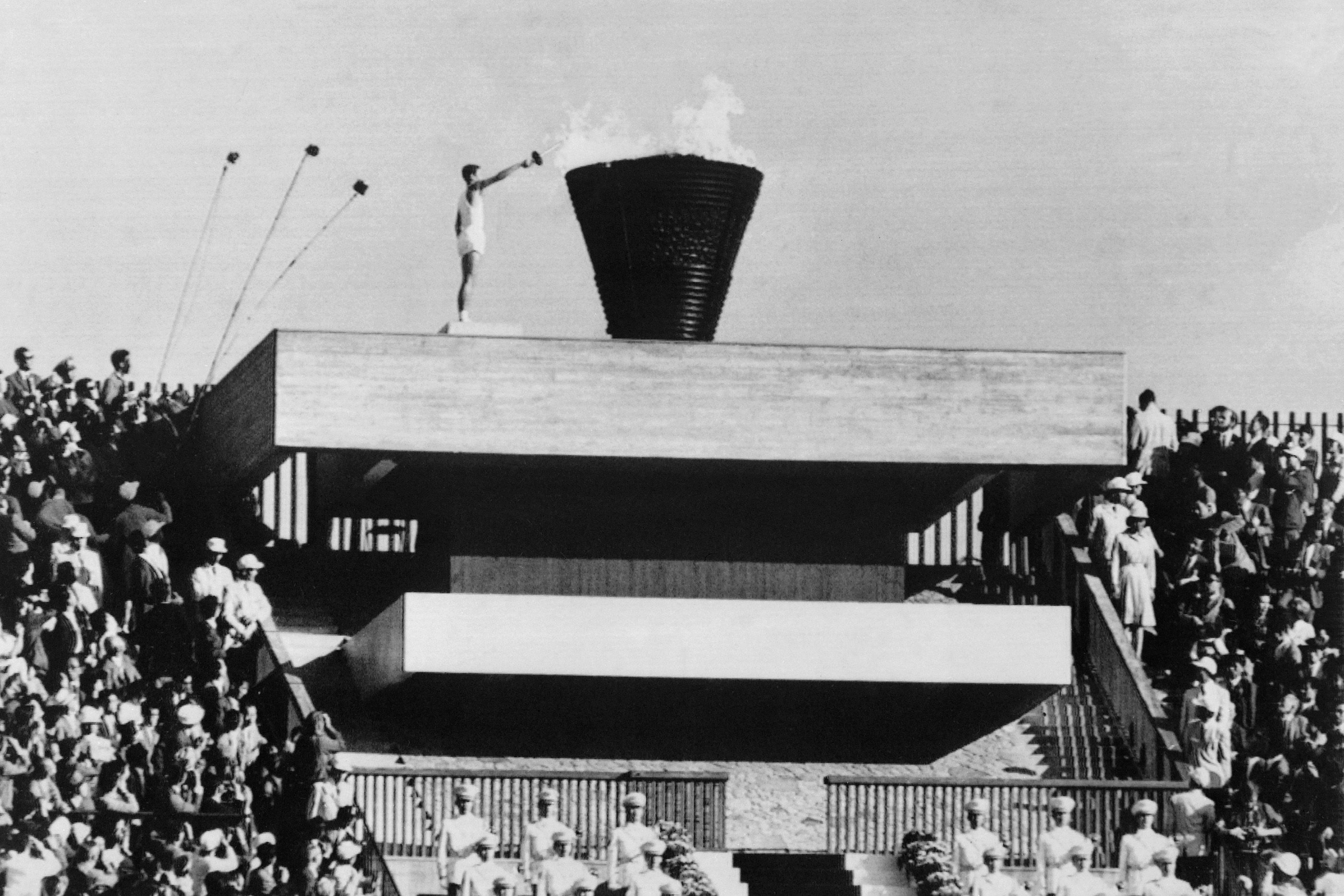
記録の更新
大会では様々な素晴らしい瞬間が生まれ、8つの世界記録または世界タイが誕生した。男子種目ではアメリカのボブ・ヘイズが100mで10.00の世界タイ、その後に男子4x100mリレーの世界記録39.00に貢献した。アメリカは男子4x400mリレーでも3:00.7の世界記録を更新した。アベベ・ビキラはマラソン世界記録を1分半更新し2:12.11で連覇した。
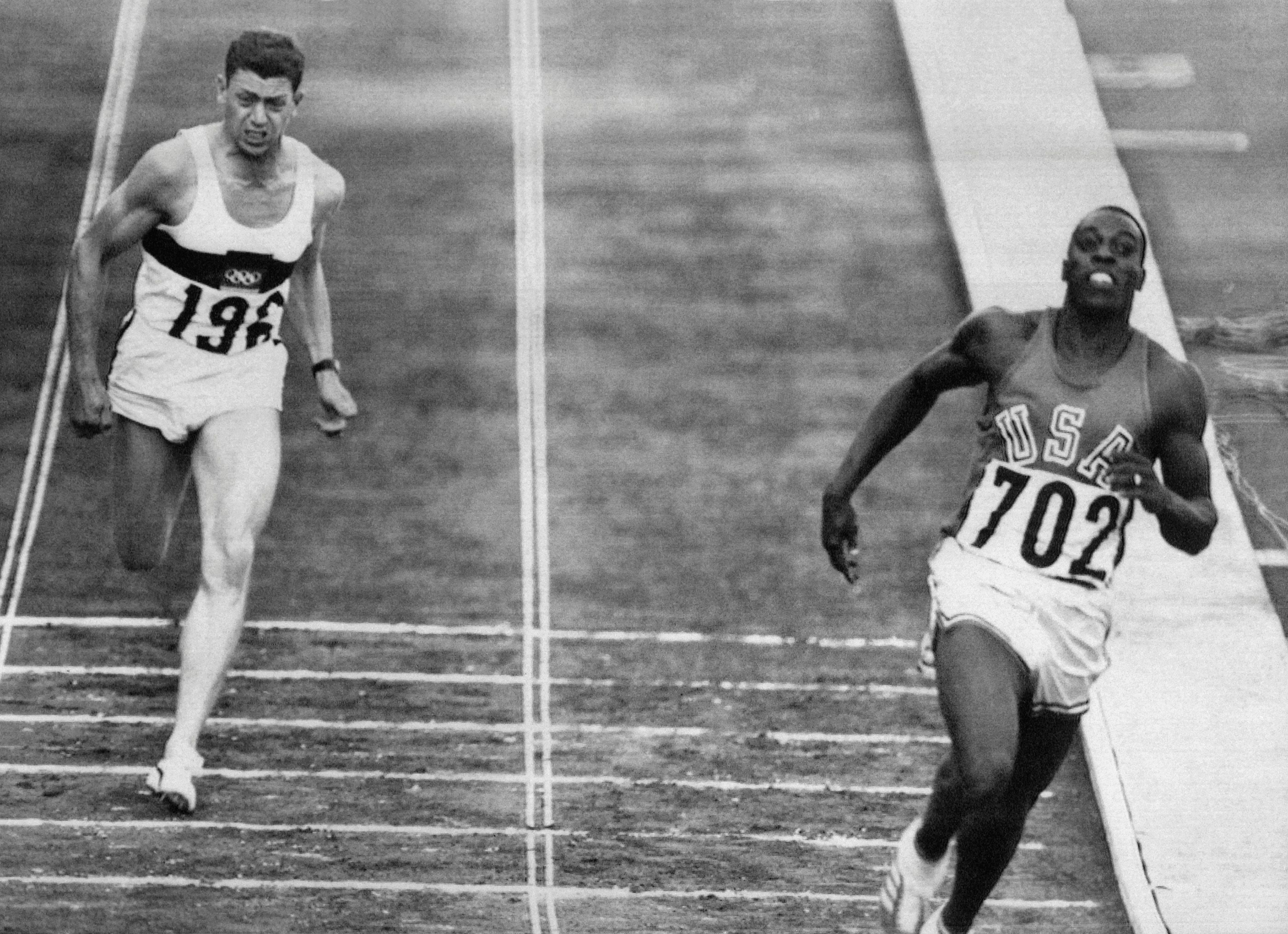
イギリス勢の二人アン・パッカーとマリー・ランドはそれぞれ女子800m(2:01.1)、女子走り幅跳び(6.76m)と世界記録で金メダルを獲得した。ポーランドは女子4x100mリレーで43.6の金メダル、またソビエト連邦のイリーナ・プレスは五種競技で世界記録の5246点を記録した。
注目のパフォーマンス
男子中距離種目のスターは間違いなくニュージーランドのピーター・スネルであった。800mはオリンピックレコードの1:45.1で連覇し、1500mでも金メダルを手にした。この800m1500m二冠の偉業は1920年のイギリス代表アルバート・ヒル以来であった。
男子短距離の星ボブ・ヘイズは、100mの金メダリストとして4x100mリレーアメリカチームのアンカーとして堂々の2冠を達成。エチオピアのアベベは初のマラソン種目連覇として歴史に名を刻んだ。
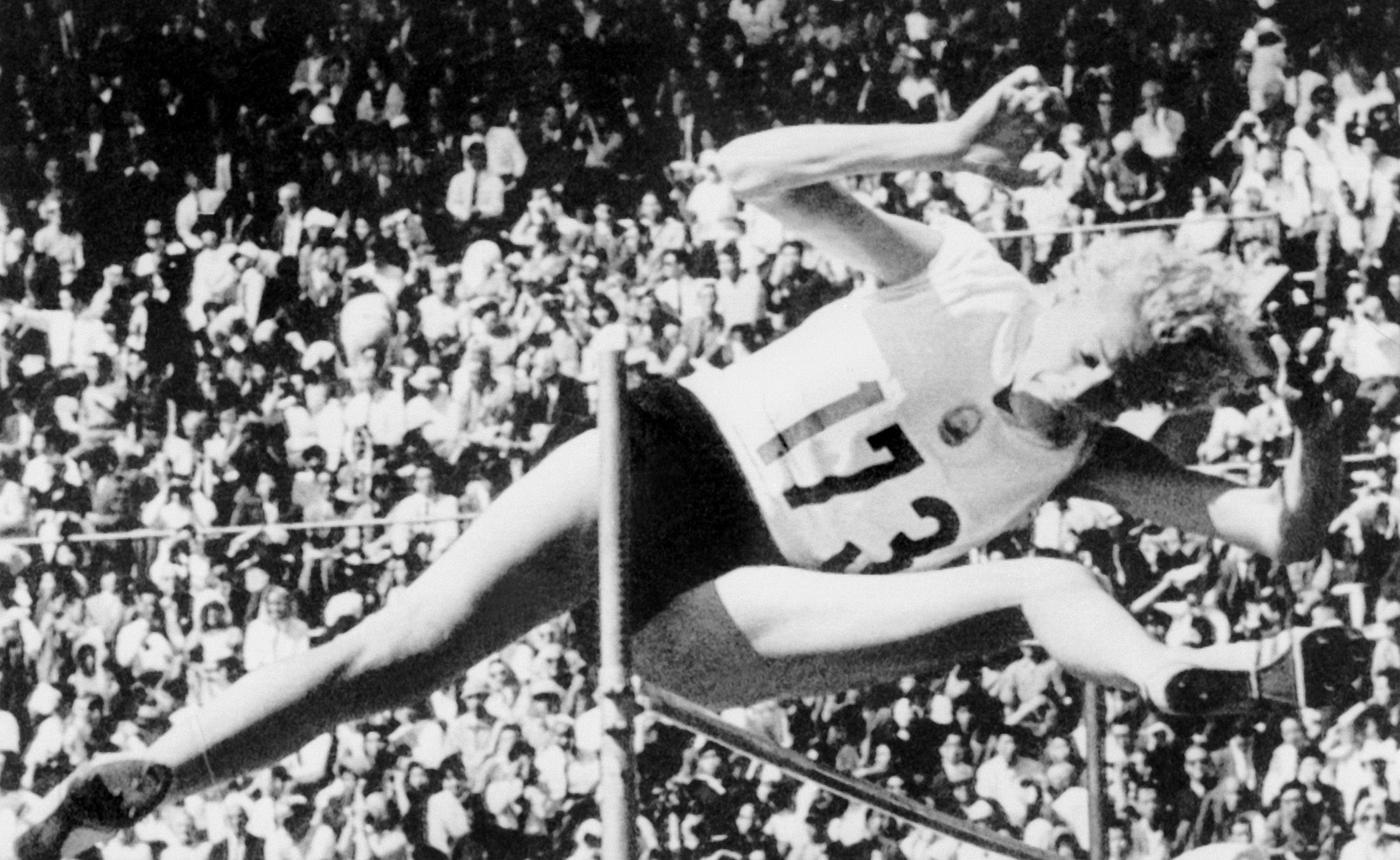
女子種目ではルーマニアのヨランダ・バラシュは高跳びを銀メダリストから10センチ差で勝利するなど堂々の連覇という形で終わり。オーストラリアのベティ・カスバートは実施初の女子400mで優勝し、1956年のメルボルン大会での100m200mそして4x100mリレー
での金メダルに一つ加えることになった。
開催国の英雄
円谷幸吉は日本人にとって、28年ぶりの陸上競技におけるメダルを最終日のマラソン種目で獲得し開催国日本の英雄となった。これは彼にとって4回目のマラソンであり、国立競技場に優勝したアベベの後ろ2番目で帰ってきた。最終カーブでイギリスのベイジル・ヒートリーに先頭を許し3位でゴールした。円谷は今大会10000mで6位に入賞していたが、マラソンでの銅メダルにより日本は28年間のメダル無しの状況を打破した
怪我で競技を続けられなくなり、1968年1月に若すぎる27歳で帰らぬ人となった。
巷で沸いた種目
東京大会で一番沸いた種目は男子10000mでほぼノーマークで優勝したアメリカのビリー・ミルズだった。世界記録保持者のロン・クラークや連覇を狙ったピョートル・ボロトニコフなど強豪がひしめき合うなか、圧倒的スピードでそれぞれを下し、自己記録から46秒速い28:24.4のオリンピックレコードで金メダルを獲得した。
ソビエト連邦のプレス姉妹タマラとイリーナは3つの金メダルを獲得した。タマラは砲丸投げと円盤投げ、イリーナは初実施の五種競技で優勝した。
イノベーション
1964年大会はオリンピック初の衛星放送かつ、カラー映像による中継が開始された大会であった。
また、初めてパソコンを使用し分析データを用いてテレビで解説が行われた。SEIKOも公式機材としての使用が始まった大会でもあり、ピストルから写真判定まで全てをリンクすることで1000秒までの記録を測ることが可能になった。

レガシー
1964年東京オリンピックはアンツーカーのトラックを使用した最後の大会として歴史に名を刻んだ。女子400mと女子五種競技が追加され、陸上競技における男女平等への小さな一歩を踏み出した記念すべき大会でもあった。
ブブカのマラソン連覇は東アフリカの長距離種目における影響力を確かにしたものであった。そして東ヨーロッパの特に女子選手達の力も確実に証明された大会であり、その強き状 況は一世紀ほど続くこととなった。
国立競技場の建設により、国際大会を誘致することが容易になった日本は、27年後に1991年に東京で陸上競技世界選手権を開催することになった。
World Athletics Steve Landells
訳:World Athletics 大久保マイケル拓




